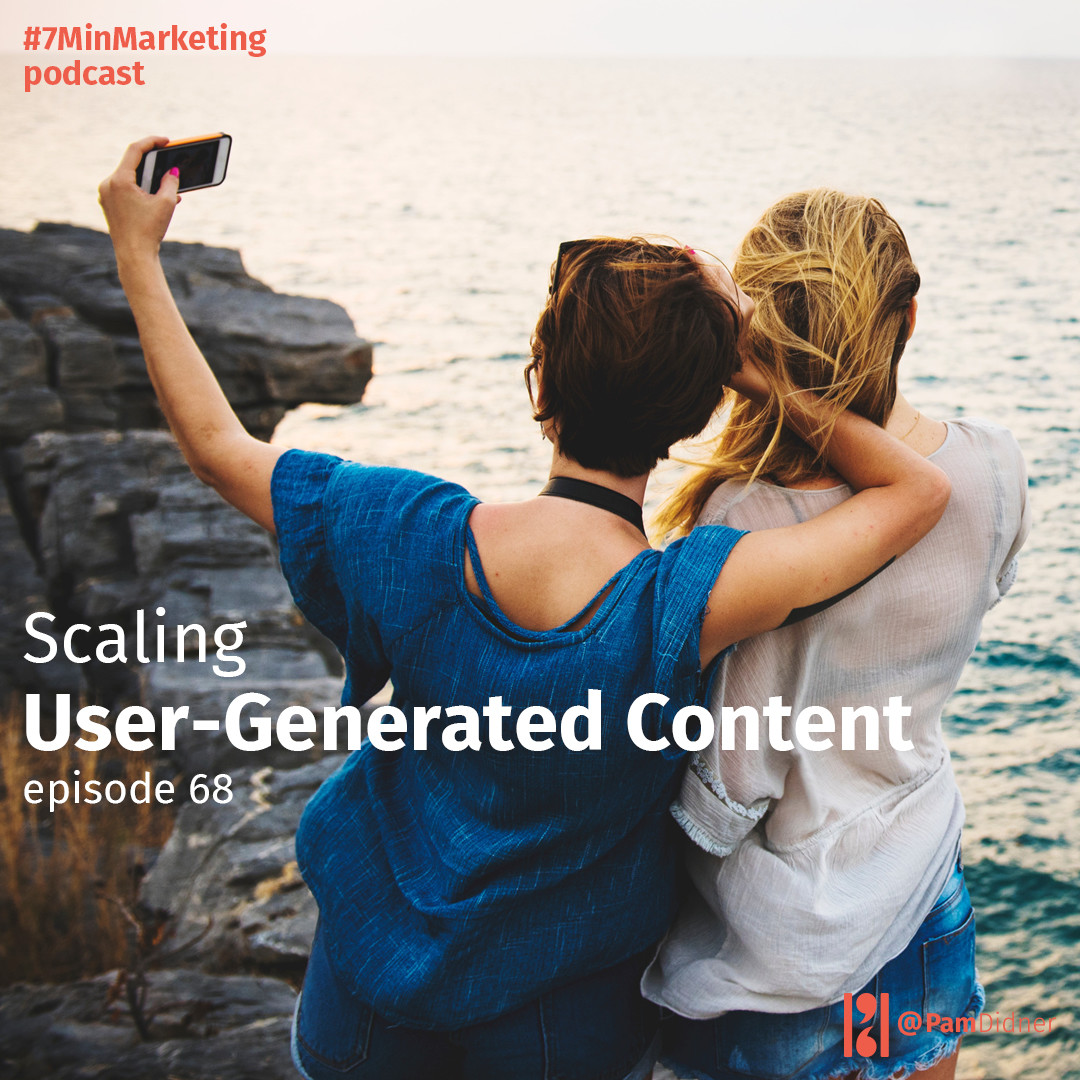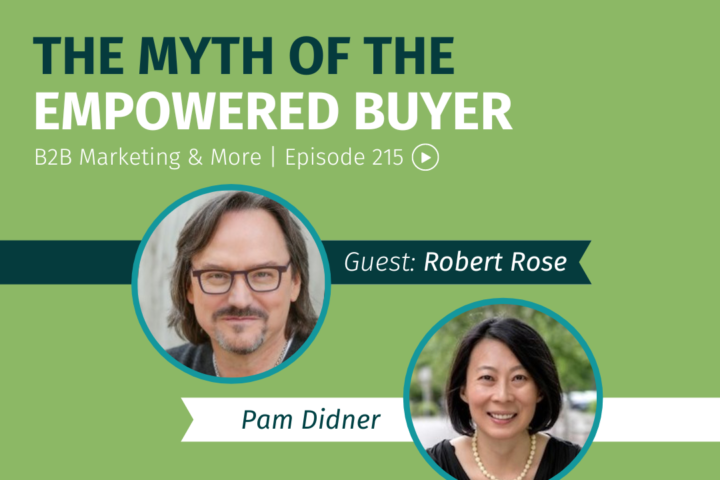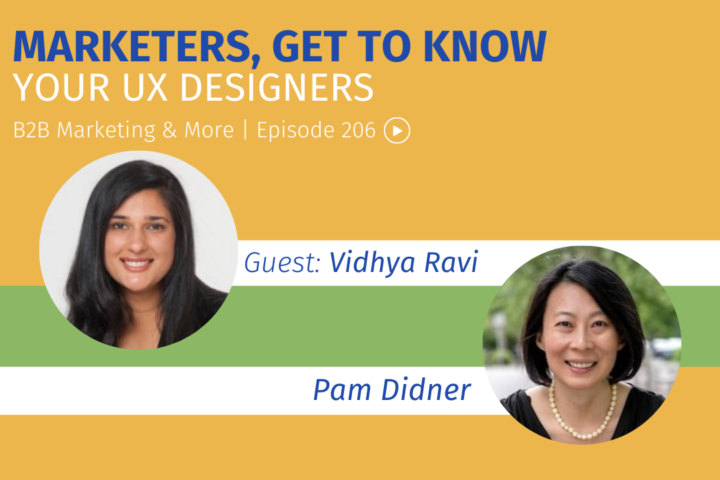
Welcome to another episode of 7-Minute Marketing with Pam. My name is Pam Didner. I love sharing a little dose of B2B, digital, content marketing and sales enablement, seven minutes at a time.
Jim posted a question:
User-generated Content (UGC) is becoming part of every brand. How should a marketer approach the challenge of UGC in various languages?
To use UGC or not to use UGC is a corporate policy discussion. The legal team will request you to get permission from the user to use it. So, you need to track down who owns the content. Then, the marketing team might say that the user-generated content doesn’t align with the corporate brand guideline, then you probably can’t use it. However, your social media team will probably say ‘OMG, this is great’ and want to move forward quickly. There is a lot to sort out between various stakeholders before you can use UGC. This is especially true in enterprises.
Many companies decide not to use UGC because the hassles that they have to go through. There is another reason why enterprises are not keen using UGC, they are concerned to dilute the brand, or they can lose control quickly. Think about it. If you allow one country to use UGC, then, every country can do it. The challenge is that every country marketing manager may have different perceptions or selection criteria on what UGC they can select, it can become a mess quickly. Of course, I am talking about the worst case.
However, it’s indeed a slippery slope, that’s why many global brands are hesitant to use or scale user-generated content across regions.
Set aside the control, brand dilution or collaboration nightmare, using UGC makes a lot of sense if your company doesn’t have a big budget to generate original content. You can use UGC to complement your content. It’s a win-win.
To scale it, it’s important to have a process in place. For example, a template can be created for country teams to fill out to get approval by Legal and the corporate team. High-Level guidance needs to be documented as part of that template so that everyone is on the same page. The guidance can also include the good, the bad and the ugly of UGC examples. The approvers need to be identified and the turnaround time needs to be established. Everyone is communicated on the UGC guidance and approval process.
Overall, user-generated content is a great way to complement the original content created by brands.
It also adds additional validation to your products and services. Be cautious of what you share, how to share it, and have a process in place to monitor it.
Again, send me your marketing questions via Twitter @pamdidner.
Keep Hustling, my friends. You got this.



